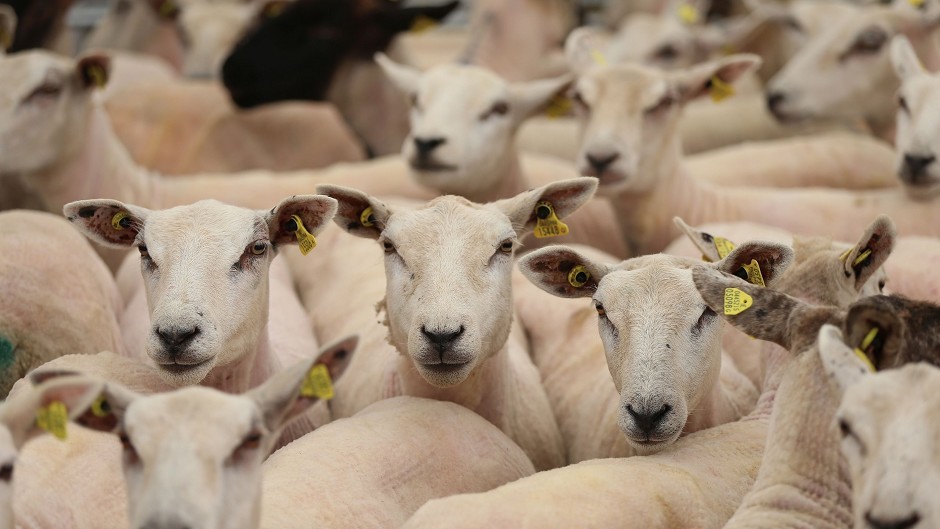One of the most damaging and prevalent roundworm parasites in the world is now being seriously challenged by a new vaccine developed by the Moredun Research Institute at Penicuik.
The barber pole worm or haemonchus contortus is a voracious blood sucker which causes anaemia in sheep and goats and can quickly cause fatalities.
Fortunately for UK farmers the barber pole prefers warmer conditions and rarely appears here. It is however a major problem in Australia, South Africa and South America with control becoming steadily more problematic as anthelmintic resistance builds up.
In Australia it is mainly a problem for large-scale flockmasters but in other parts of the world it is reckoned to be one of the biggest and most intractable problems facing poor farmers.
The long road to producing a commercially available vaccine started at the Moredun several years ago with the identification of the proteins in the intestines of the barber pole worm. Extracting and purifying these proteins and then incorporating them in tiny quantities in a vaccine has turned out to trigger a reliable immune response in sheep. Essentially the antibodies produced circulate in the bloodstream and then block the digestive system of the invading worm. It will eventually die and should produce far fewer eggs before its demise.
“We have noted a 90% reduction in egg laying on pastures,” said David Smith, project leader at the Moredun. Initially Mr Smith considered using molecular biology to reproduce the proteins but soon discovered that it would be far cheaper and easier to harvest barber pole worms from the intestines of infested sheep and then extract the proteins.
“Essentially I thought we needed a cement mixer rather than a molecular biologist,” he said.
And as it turned out a cement mixer is indeed part of a production line set-up by Moredun subsidiary Wormvax Australia in Albany, west Australia.
Working in partnership with the state’s department of agriculture and food the Wormvax team, including Mr Smith, carts large quantities of sheep intestines from a nearby abattoir and uses the production line to separate out the worms for processing.
Remarkably no pharmaceutical companies are involved allowing profits to be recirculated back to the Moredun for further research into animal diseases.
There should be profits too if early uptake is anything to go by. Barbervax was only registered in Australia in early October and within 10 days the first batch of 300,000 doses had been sold just by word of mouth.
Part of the attraction, apart from the efficacy, is the pricing of the product. A year’s protection using Barbervax costs AUS$3 compared to AUS$6 using less effective anthelmintics.
“We estimate that we will prepare and sell hundreds of thousands of doses this year with millions in coming years,” said Mr Smith.
Moredun chief executive Professor Julie Fitzpatrick added: “It is only when you visit Australia and speak to the farmers that you realise how bad a problem barber pole is.
“It has been serious enough to stop farming businesses that have existed for generations.
“People might wonder why Moredun has become so involved in a project so far away but we hope this will be a pathfinder which will allow us to develop vaccines for Scottish and British problems.”
